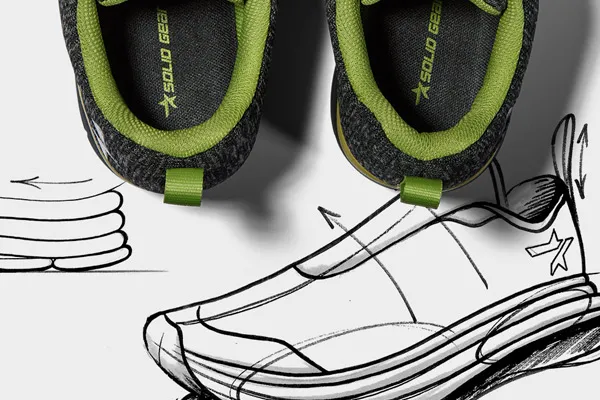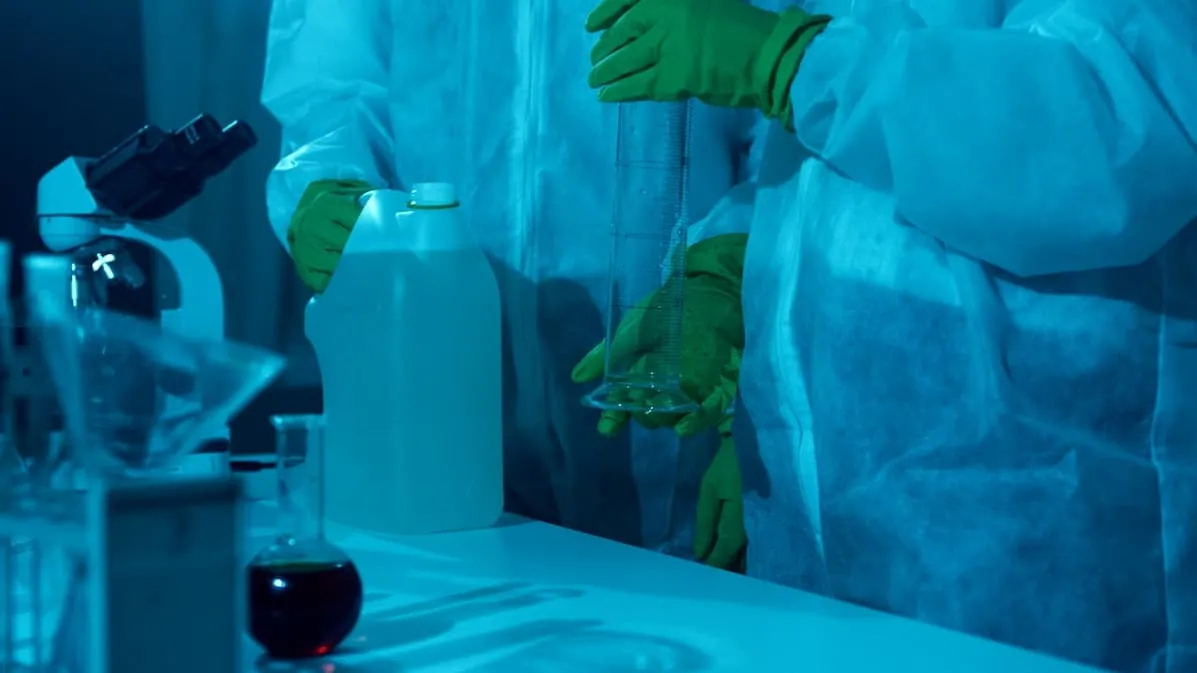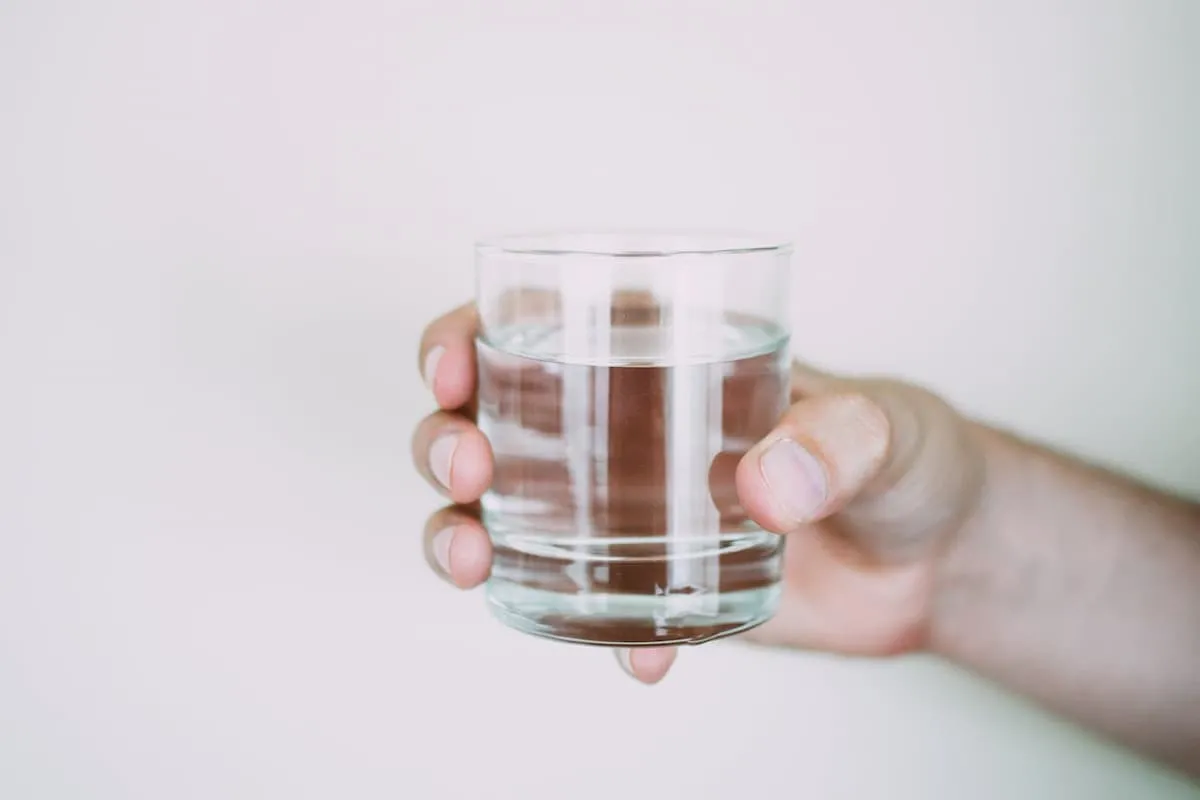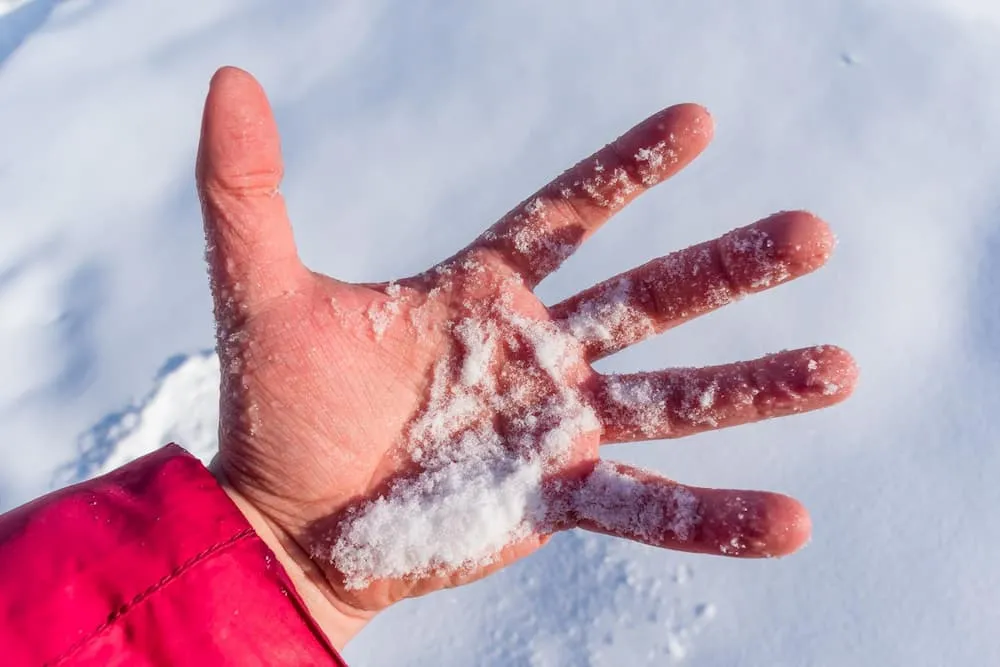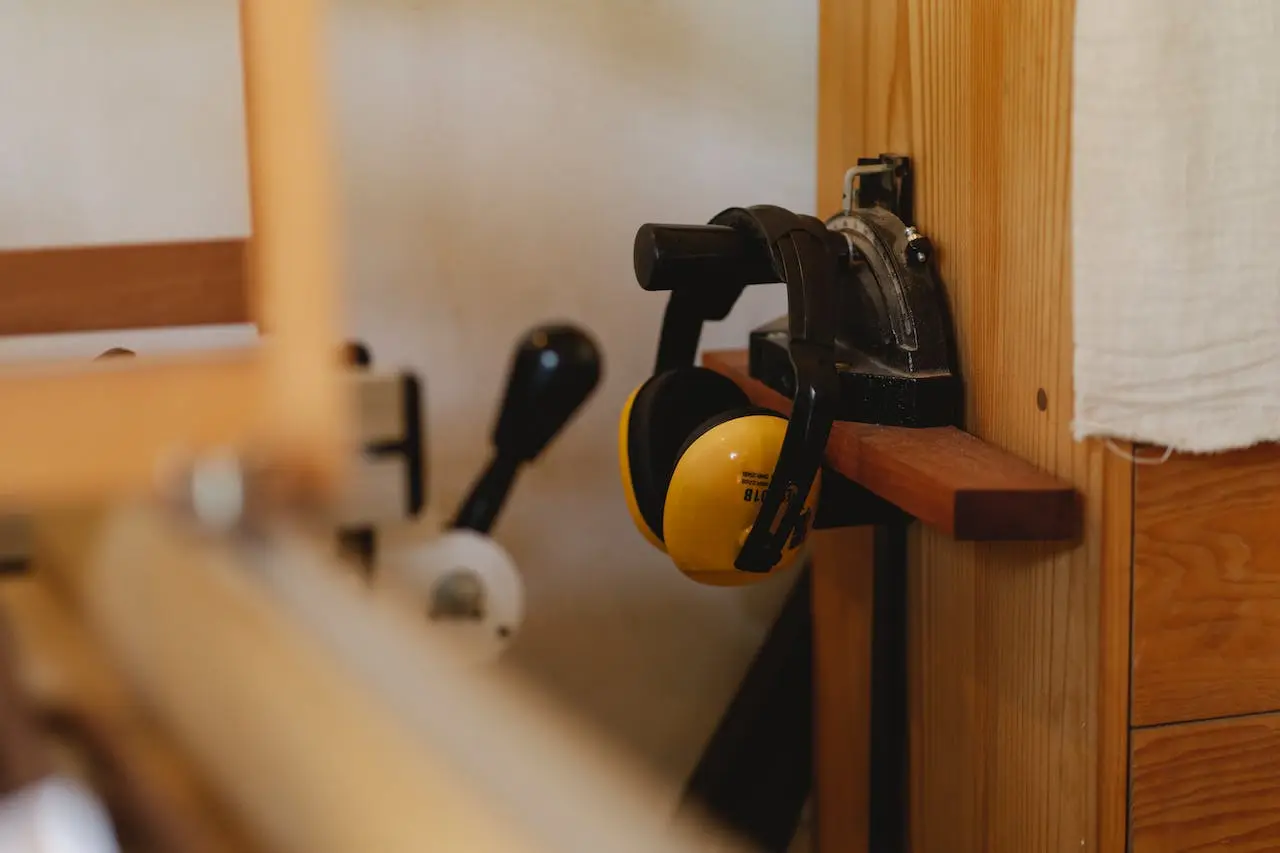Protective footwear is an essential piece of equipment for a worker in almost any profession, protecting the feet from damage while performing various types of hazardous work. Its role is not limited to keeping the foot in proper thermal conditions and guaranteeing comfortable movement - good protective shoes are supposed to protect the foot from external factors that can cause mechanical damage, chemical agents, hot agents, as well as heat, cold and moisture.
The material from which they are made and the technologies used by the manufacturer largely determine the degree of protection guaranteed by a given pair of shoes. What technologies are commonly used in protective footwear today?
Basic components of safety footwear
Before we move on to the actual materials and technologies used in the production of protective footwear, it is worth considering the individual elements that build a single pair of shoes and have a direct impact on its protective properties. Among the more interesting construction elements here, it is worth noting the height of the shoe upper, the type of sole, as well as additional shoe accessories such as toecaps, anti-tip inserts, ankle joint protection inserts and midfoot inserts.
Based on the purpose and working conditions in which they can be safely used, safety shoes can be divided into:
- footwear protecting against chemical agents,
- footwear protecting against biological agents,
- footwear protecting against mechanical agents,
- footwear protecting against thermal agents,
- Footwear protecting against electric shock,
- footwear protecting against atmospheric agents,
- footwear designed for use in explosive atmospheres,
- anti-static footwear to protect against ESD effects.
Virtually every manufacturer of protective footwear, and there are many of them, today uses both widely available and well-known materials and technologies used in the production of work footwear, as well as their own designs that distinguish their products from the competition. When browsing through the various models of work boots available in the OHS store's offer and looking for protective footwear for a specific application, it's worth learning about some of the most popular technologies, but it's equally important to pay attention to the standards the footwear meets and whether the materials used will actually be able to provide the expected protection.

The most interesting technologies used in safety footwear
Anti-slip soles
One of the most important features of safety shoes used in areas exposed to at least a little moisture on the ground is an anti-slip sole. Depending on the working environment, that is, whether the shoes will come into contact with water, oils, acids or other liquids and slippery agents, a variety of materials can be used for the sole. The vast majority, however, are a variety of rubber compound-based technologies, of which the Uvex Vibram soles launched by the Uvex brand are a prime example. Vibram technology is a rubber compound optimized for use in moderately difficult terrain. In addition to the obvious guarantee of slip resistance, the Uvex Vibram sole is characterized by lightness comparable to polyurethane soles, resistance to high temperature (up to +300°C) with short application time (HRO designation), increased cut resistance, insulation against high temperature (HI designation, tests up to +150°C), increased insulation against cold, greater resistance to chemicals compared to polyurethane soles, and orthopedic adaptability in accordance with DGUV 112-191 and ÖNORM Z1259.
Moisture control and shoe ventilation
Feet can be prone to excessive sweating, chafing and bruising after spending many hours in shoes, which safety shoe manufacturers try to avoid at all costs. One of the more interesting technologies used in the production of such shoes is again offered by the Uvex brand, whose comfortable insole with a moisture control system provides full cushioning for the foot and comfort in stressed zones. The insole is built on the basis of breathable, moisture-absorbing materials, equipped with cushioning zones that support natural movements and a skin-friendly, pleasant-to-touch outer material. Another option is the Uvex 3D Hydroflex® foam insole with a moisture-absorbing system that provides comfortable cushioning for the foot.
Another noteworthy technology is the Dry Pol® lining introduced by the BETA brand - a breathable, hydrophilic, moisture-wicking lining sewn inside the shoes to ensure the foot is fully comfortable when worn for hours. Although the lining itself is not water resistant, it does an excellent job of removing moisture naturally generated by a sweating foot.
Injury protection
The standard elements that provide protection for the foot against injury are, of course, all sorts of toecaps and anti-tip inserts. However, many brands rely on full protection systems based on their own technologies, and this is what the Uvex Xenova® system offers. As the manufacturer points out, Uvex Xenova® is an efficient, metal-free safety system that protects the foot in safety footwear. It includes elements such as the Uvex Xenova® duo toecap, which eliminates potential pressure points thanks to duo component technology and has been padded on the inside with a permanently attached soft lining to increase wearing comfort; the Uvex Xenova® midsole, characterized by high flexibility and puncture resistance; and the Uvex Anti-twist, an injection-molded plastic stretch to increase foot stability and protect against ankle sprains.
Among the more interesting technologies for protecting the foot from injury, it is also worth mentioning the ENIGMA T-SYSTEM anti-puncture insole used by the BETA brand. The insole is a non-metallic inner layer of the shoe made of high durability fiber, resistant to prolonged use, while protecting against mechanical damage. Another solution used by manufacturers is Kevlar, which is placed in the sole to protect against nail punctures to the foot.
As in the case of the materials used in the production of protective clothing, the technologies used in the production of protective footwear are truly diverse and largely dependent on the manufacturer. It is important that they guarantee protection against specific factors confirmed by the relevant standard - the more advanced the technology, the greater the chance of full safety of the foot.

